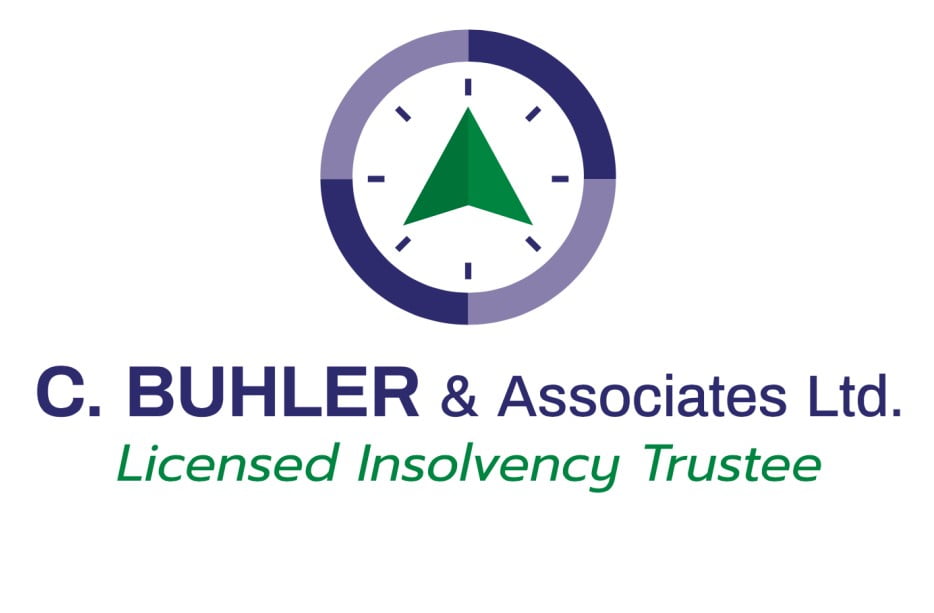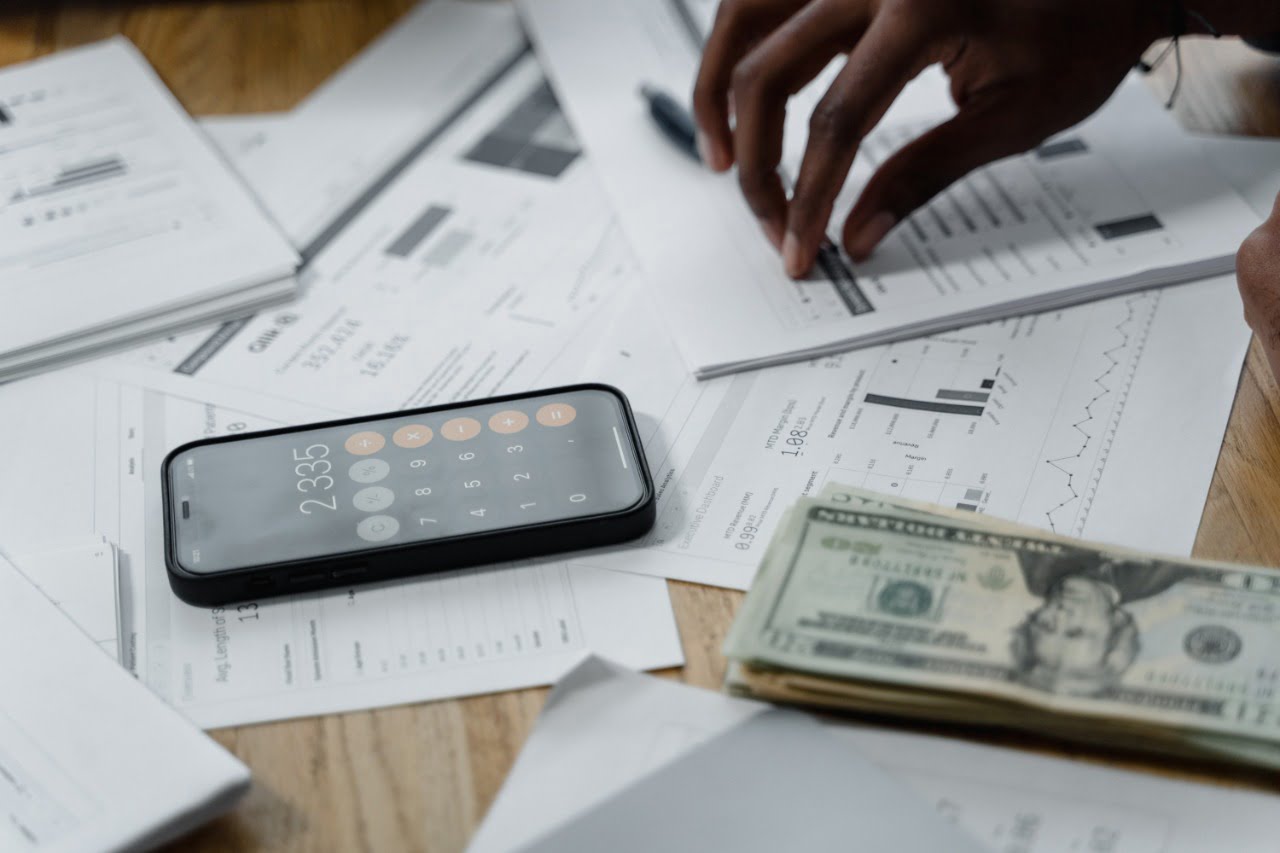After filing for Bankruptcy or a Consumer Proposal in Winnipeg, the Trustee will often recommend that you change bank accounts. Why is that? There are a few reasons, which we will outline below for you.
Why do I need to change bank accounts after I’ve filed a Consumer Proposal or a Bankruptcy?
Many Financial Institutions have a “Right of offset”. This means that if you bank at the same bank where you have debt, any funds that are deposited, for example, your payroll, may be kept by the bank if you owe them money. You generally authorized them to do so, when you opened the account (remember all that fine print?). The Financial Institution is entitled to keep any funds you hold on deposit with them if you have debt there. This is, however, only one reason why you should consider changing banks after filing a Consumer Proposal or a Bankruptcy.
If you have been using a chequing account, you may have outstanding cheques that were being used to make payments on your debts, which have now been included in your Proposal or Bankruptcy. For example, it is common that if you owe Canada Revenue Agency (“CRA”) for income taxes, you may have provided them with a series of post-dated cheques. Once you’ve filed a Consumer Proposal or Bankruptcy, you will no longer need to make payments on your income tax debt, as it will be covered by the process you chose. Therefore, you don’t want those cheques to go through your account. Placing a stop payment on each cheque is possible, but it can be expensive, and many Financial Institutions won’t guarantee that the cheque may not still clear your account. The best way to ensure those cheques won’t go through the account is to close the account.
Similarly, you may have provided your creditors with the ability to take funds from your account to make payments on your debt. Now that you’ve filed a Consumer Proposal or Bankruptcy, you don’t need to make payments on accounts such as credit cards, unsecured lines of credit, or old utility accounts, and so to be sure those payments aren’t withdrawn from your account, you should open a new account at a different Financial Institution.
What should I do with my old bank account?
If your bank account is not into the overdraft, we would advise that you close it. This is the most effective way to ensure there is no activity through the account after the date of your Proposal or Bankruptcy. Your bank doesn’t need to know why you are changing the bank accounts, just that you’d like to close your account at their branch.
If your account is overdrawn, you likely won’t be able to close it. Be sure to tell your Trustee that you need to include the account in your proposal or bankruptcy, and make sure the account is on your list of creditors. It is very important that you stop using that account after the date of your filing, to ensure that the bank doesn’t continue to hold you responsible for any of the transactions that go through the account.
What should I consider when moving to a new Financial Institution?
Opening a new account is a matter of personal preference, however, there are a few things to keep in mind.
- Choose a Financial Institution where you don’t have debt, or the right of the offset will still apply. Be sure to be careful of credit cards. Did you know that if you have a Visa or Mastercard with a bank, they can use funds from your bank account to satisfy the balance? Be sure to pick a new Financial Institution or bank where you don’t have any
- Choose a Financial Institution that is easy for you to work with. Whether that means they are close to your home, or virtual if you prefer, consider how easy it is to use their app, reach a customer service agent by phone, or visit a branch. Think about how you prefer to do business, and find a bank that can service your needs.
- Watch out for Service fees. Many Financial Institutions have ‘low-fee’ or ‘no-fee’ accounts for certain segments of the population (students, seniors, etc.). Be sure to ask about all the different fee options, and choose one that makes sense depending on how often you use their services. Do you send transfers often? If so, find an account that includes those charges in a monthly fee. Do you prefer to use your debit card instead of cash? Ensure your plan has unlimited usage, or you could face a hefty charge at the end of the month. Hate paying service charges? Check out some of the online banking options, as they are generally cheaper than a traditional ‘bricks-and-mortar’ bank.
- Ask your friends! Perhaps they love their bank and would recommend you use it too. They don’t need to know why you are looking for a new account, just that you’d like to try a different bank, and perhaps they can even tell you their favourite (or not so favourite!) things about their bank.
I have the new account – now what do I do?
Make arrangements for your payroll or other sources of income to be deposited into the new account. If you have access to your CRA My Account, you can update your direct deposit information directly in their app.
Once you have your new bank account, also be sure to move all of the automatic payments that you need to keep over to the new account. For example, be sure to move your insurance and utility payments, as well as any secured assets that you will be keeping during the proposal or bankruptcy (house, car, RV etc.).





